(ThyBlackMan.com) When we talk about the DNA of hip-hop, three words always come up: James Brown. Breakbeats. From the moment DJs like Kool Herc and Grandmaster Flash first looped those funk grooves at Bronx block parties, the Godfather of Soul became something more — the Godfather of Hip-Hop’s heartbeat.
It’s easy to forget just how revolutionary those early moments were. James Brown didn’t just bring the funk — he brought the idea that rhythm could be broken down, chopped up, and transformed into something completely new. His drummer Clyde Stubblefield’s “Funky Drummer” break is arguably the most sampled drum loop of all time — a syncopated pulse that runs through decades of music like an underground electric current.
What’s incredible is that every generation of hip-hop artists keeps finding new ways to flip those classic Brown grooves. Some do it raw and rebellious, others do it smooth and laid-back, but they all tap into that same well of soul and grit. From street battle anthems to club bangers, these samples remind us that hip-hop is a living archive — one where dusty vinyl becomes a foundation for fresh stories.
So let’s dig in: here are eight hip-hop tracks that prove James Brown’s spirit never left the building. These songs didn’t just borrow the funk — they gave it new life, new attitude, and made it immortal on the streets, in the clubs, and through your speakers today.
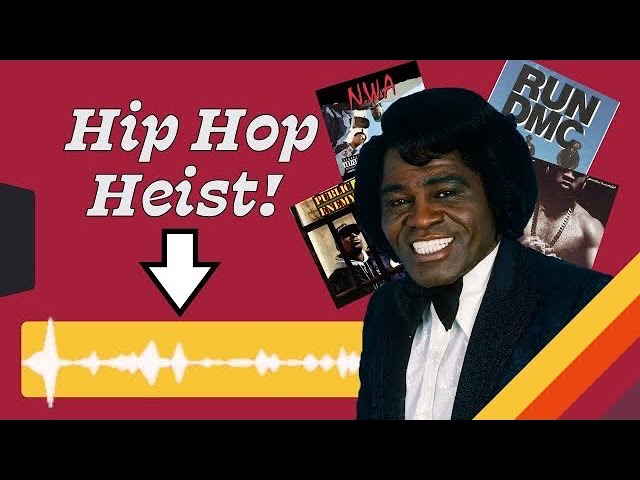
1. Eric B. & Rakim – “Eric B. Is President”
Eric B. & Rakim’s “Eric B. Is President” didn’t just introduce Rakim’s intricate rhyme patterns — it showed how sampling James Brown could be a statement of cool authority. The “Funky President (People It’s Bad)” sample is chopped in a way that gives the track a sense of urban royalty. That bassline is like a steady heartbeat under Rakim’s calm yet revolutionary verses.
One thing that sets this record apart is its minimalism. It’s not overloaded with samples or scratches; instead, it’s patient, like a confident chess move. Rakim’s lyrics ride that groove so effortlessly you almost forget how complex his bars really are. You hear it today and realize how ahead of its time it was — both musically and lyrically.
Digging deeper, the choice of “Funky President” says a lot about hip-hop’s early politics. The song was a nod to the community’s relationship with power structures — funky presidents then and now. The subtle grit in Brown’s original translates beautifully to the streets of New York, where this track became an instant classic.
Throw it on today, whether on vinyl or streaming, and it still demands respect. It’s the kind of song that sounds best blasting from a boombox on a hot day — a reminder that real hip-hop has soul at its core, thanks to James Brown.
2. Public Enemy – “Fight the Power”
With “Fight the Power,” Public Enemy gave James Brown’s funk a revolutionary new life. They didn’t just sample “Funky Drummer”; they built a sonic riot. The Bomb Squad’s production stacked that breakbeat alongside sax stabs, scratching, and noise that mimicked the chaos of the streets in 1989.
One of the coolest parts of this record is its direct line back to Brown’s legacy of defiance. Brown famously made “Say It Loud – I’m Black and I’m Proud” a rallying cry, and Chuck D does the same here, channeling that pride into a sharper edge. You feel the ancestors dancing and marching inside every drum hit.
What’s amazing is how the track’s layering feels messy but is actually meticulous. The Bomb Squad treated each sample like a brick in a fortress of sound. The James Brown elements are the foundation — they give the song its bounce, its sweat, and its soul. Chuck D’s delivery hits different because the beat demands it.
Play “Fight the Power” now, and it’s almost scary how relevant it feels. That James Brown break connects the past to the present, the party to the protest. It’s proof that when hip-hop producers dig into the JB crates, they’re not just looking for funk — they’re looking for fuel.
3. LL Cool J – “Mama Said Knock You Out”
LL Cool J’s “Mama Said Knock You Out” is what happens when you take James Brown’s militant funk and wrap it in pure hip-hop bravado. Marley Marl knew exactly what he was doing when he fused the “Funky Drummer” break with the defiant horns from “Say It Loud – I’m Black and I’m Proud.” The result is a beat that hits you in the chest like a punch.
LL’s performance is pure theatre. He’s not just rapping — he’s fighting for his legacy. The James Brown elements work like a hype man behind every bar, urging him to go harder. And boy, does he deliver. His flow is aggressive yet controlled, channeling that JB spirit of commanding a stage.
What’s wild is that Brown’s original “Say It Loud” was about empowerment — a message that echoes through LL’s defiant comeback. He turns that pride into personal vengeance against critics and rivals. It’s a testament to how sampling can carry cultural weight and personal meaning all at once.
Decades later, you can still throw this on during a workout or anytime you need an anthem to silence the doubters. The JB sample remains the fuel that makes this track timeless. It’s not just a song — it’s a war cry wrapped in a breakbeat.
4. Rob Base & DJ E-Z Rock – “It Takes Two”
If there were a single song that proves how a tiny James Brown vocal snippet can become a global phenomenon, “It Takes Two” is it. That “Woo! Yeah!” break from Lyn Collins’ “Think (About It),” produced by JB, is the skeleton key that unlocked every dance floor from Harlem to Tokyo.
What’s genius is how DJ E-Z Rock looped that tiny vocal into a hook so catchy it became bigger than the rest of the song. The beat’s simplicity — that stripped-down drum and bass groove — gives the James Brown shout room to breathe. It’s proof that sometimes the smallest sample has the biggest impact.
Rob Base’s verses are playful, energetic, and perfect for the club vibe. He wasn’t trying to be Rakim — he was there to make you sweat and smile. And that’s the beauty of the James Brown connection: the same funk that once rocked the Apollo Theater now fuels basement parties and roller rinks.
Decades later, “It Takes Two” still works its magic. Weddings, barbecues, old-school hip-hop nights — you’ll always see people mouth that “Woo! Yeah!” It’s a reminder that James Brown’s voice isn’t just sampled — it’s embedded in our collective memory, ready to make any night unforgettable.
5. Ice Cube – “Jackin’ for Beats”
“Jackin’ for Beats” is a hip-hop manifesto wrapped in a single track — and the James Brown “Funky Drummer” sample is its spine. When Ice Cube broke from N.W.A., he needed to prove that he was more than just a member of a crew — he was a force on his own. “Jackin’ for Beats” is where he did it, stitching together beats from a dozen songs into one continuous lyrical onslaught.
What’s brilliant about Cube’s use of the James Brown break is how he reclaims it as a symbol of hip-hop’s outlaw spirit. This is the ultimate crate-digger’s dream: lifting the best bits of the past and reworking them into something raw and new. When that “Funky Drummer” loop drops in, it feels like a gritty alley fight — the groove is dirty, stripped-down, and impossible not to nod your head to.
It also underlines Cube’s skill as an MC. He adapts his flow to each beat he “jacks,” but the James Brown sections hit the hardest because they echo the rebellious energy that Brown himself carried on stage. Cube’s bars cut through the loop like a razor, full of wit, anger, and West Coast swagger. It’s lo-fi, unpolished magic.
Spin “Jackin’ for Beats” today and it still feels alive — because that “Funky Drummer” break refuses to die. It’s a testament to the fact that you don’t need fancy production when you’ve got a JB groove and something real to say. Ice Cube made a beat heist sound like an art form — and James Brown was his perfect accomplice.
6. A Tribe Called Quest – “Can I Kick It?”
“Can I Kick It?” is one of the coolest examples of how Tribe could take multiple samples — including James Brown’s “Say It Loud – I’m Black and I’m Proud” — and blend them into something mellow and deeply joyful. While the Lou Reed bassline gets most of the shine, it’s the JB vocal snippets that give the track its sly sense of mischief and cultural depth.
What’s special about Tribe is that they never forced the funk. Instead, they let it breathe through the beat like a breeze on a hot summer day. Q-Tip’s soft-spoken flow and Phife Dawg’s punchlines sound like two friends freestyling on a stoop, but the James Brown sample reminds you there’s history behind that easy vibe. It’s a quiet nod to the roots — the civil rights era pride echoing under the Tribe’s breezy wordplay.
Over the years, “Can I Kick It?” has become a generational bridge. Old heads hear the JB nod and smile at how Tribe paid respect. New fans feel that same energy without needing to know every sample’s backstory — the groove just feels right. That’s the power of sampling: it makes music timeless by connecting eras.
Play this song in 2025 and it’s still the soundtrack for backyard barbecues, rooftop parties, or long drives with the windows down. James Brown’s voice pops in like a ghostly elder giving his blessing — a reminder that the Godfather’s funk lives on wherever hip-hop chooses to ride.
7. Boogie Down Productions – “South Bronx”
“South Bronx” is one of the foundational tracks that defined East Coast hip-hop’s street grit, and James Brown’s “Get Up Offa That Thing” horn stabs make it feel like a street corner rally. When KRS-One and Scott La Rock crafted this anthem, they weren’t just defending the Bronx’s place in hip-hop history — they were declaring war on anyone who tried to rewrite it.
The use of the James Brown sample is deceptively simple but devastatingly effective. That horn riff is chopped to hit you in the gut every time it lands, echoing the swagger and confidence of KRS-One’s rhymes. He spits like a teacher but also like a battle-hardened street poet, ready to educate and destroy you at the same time.
What’s beautiful is how that James Brown loop embodies the spirit of the Bronx DJs spinning breakbeats at park jams. You can practically see the cardboard on the concrete, the B-boys spinning, the crowd surrounding the speakers. “South Bronx” is more than a song — it’s a statement that this culture is born from the funk, from soul, from rebellion.
Even today, “South Bronx” feels like a history lesson wrapped in a banger. The energy is raw, the production is rough, and that James Brown sample feels like the DNA of an entire borough. In a world of polished, radio-friendly rap, sometimes you need to hear a track that reminds you of where it all started: James Brown’s horn sections, stolen power, and speakers blasting into the night.
8. The Notorious B.I.G. – “Unbelievable”
DJ Premier’s production on “Unbelievable” is the perfect example of how a subtle James Brown sample can transform a good beat into something iconic. Premier flips “I’m Black and I’m Proud” with surgical precision, scratching in those vocal stabs that echo through the track like distant ghosts. It’s minimalism done with maximum effect.
Biggie’s delivery on “Unbelievable” is mesmerizing. His flow is conversational but lethal — he drops lines so effortlessly you almost miss how clever they are. The James Brown snippets in the background give the song a certain weight, reminding you that Big was always connected to the music that paved the way for his rise.
What’s wild is that Biggie didn’t need a dense beat or multiple samples to carry him — he just needed that single loop, that JB grit, and Primo’s impeccable scratches. The result is a track that sounds like it was built in a dusty basement but plays like royalty. It’s grimy and polished at the same time.
Today, “Unbelievable” still feels like a masterclass in hip-hop production. That James Brown sample is a reminder that sometimes the best nod to the Godfather is understated. Let his spirit float through the track like a benediction, and let the MC do the rest. When the drums hit and Big’s voice drops in, it’s clear that James Brown’s influence will always be the heartbeat of hip-hop — one breakbeat at a time.
So what do these tracks really tell us? They show that sampling isn’t stealing — it’s soul alchemy. Each of these songs is a testament to the fact that when you flip a James Brown groove, you’re not just adding a catchy hook — you’re building a bridge between generations.
In a world where technology changes how we make music every year, the fact that a drum break recorded in the 60s can still set off a dance floor or light a fire in a young MC’s imagination is nothing short of magic. It’s proof that the Godfather’s legacy isn’t trapped in the past — it’s pulsing in every new beat, every DJ set, every crate-digger’s late-night session.
James Brown gave hip-hop its swagger, its swing, and its sense of defiance. His breaks have powered protest anthems, fueled battle raps, and turned basement parties into legendary moments that people still talk about decades later. That’s bigger than a sample — that’s culture.
So next time you hear that unmistakable “Woo! Yeah!” or the crack of Clyde Stubblefield’s snare, know that you’re not just listening to a loop — you’re listening to a heartbeat that refuses to stop. The Godfather lives on. And hip-hop? It’ll always be ready to flip the funk, one break at a time.
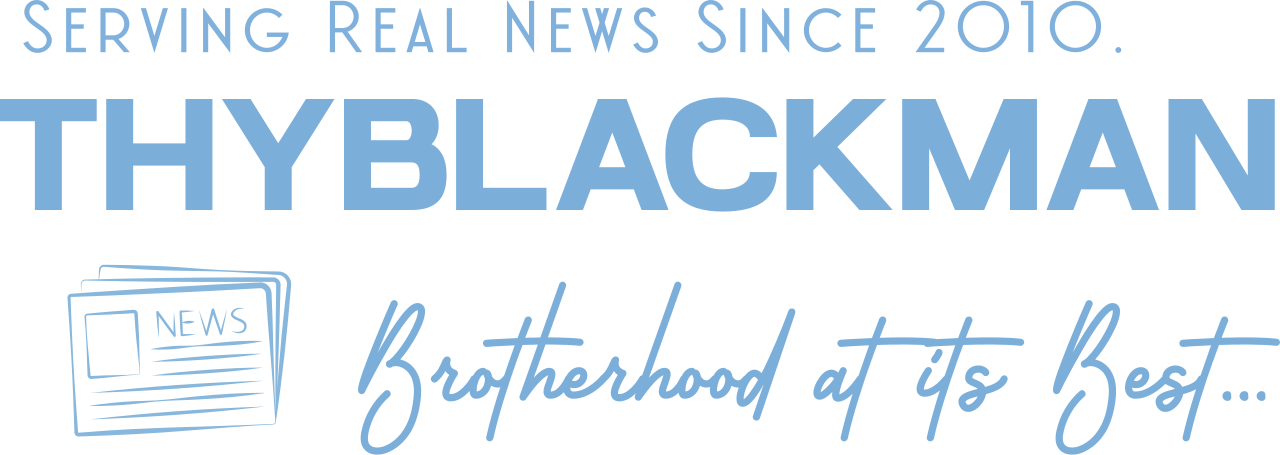












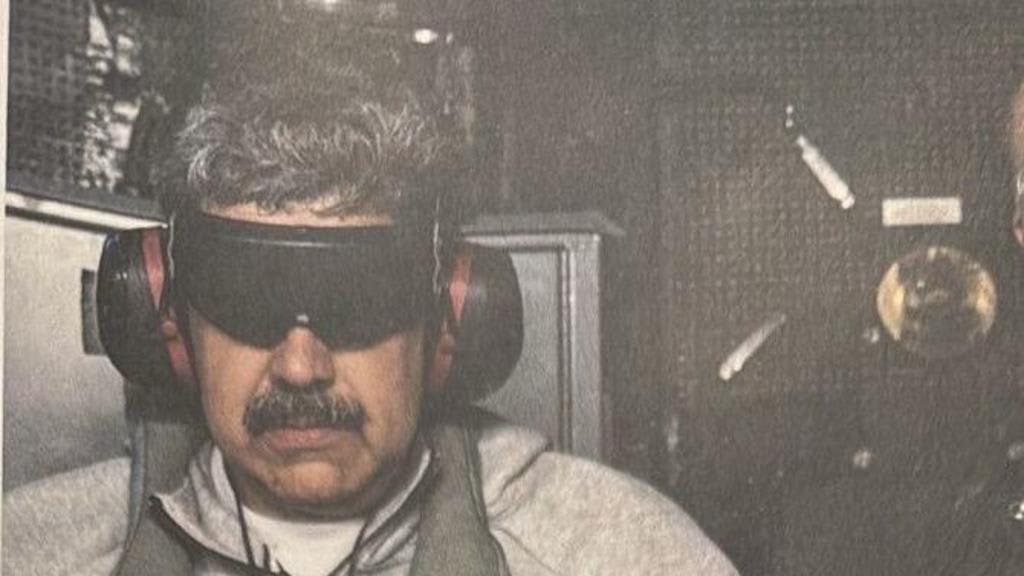
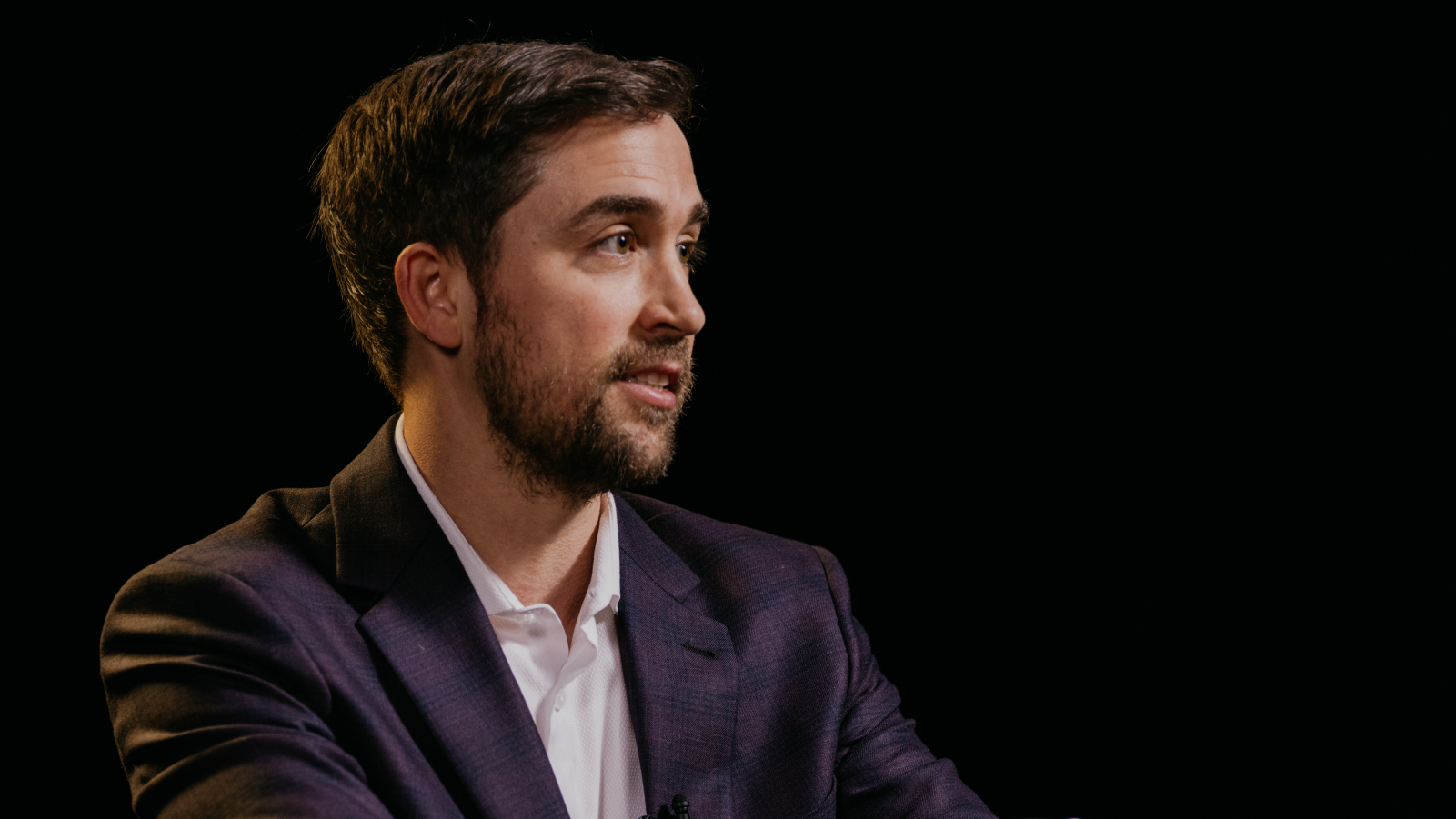

Leave a Reply